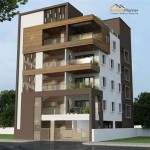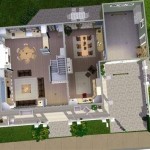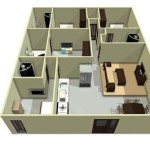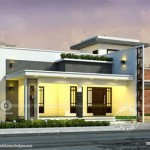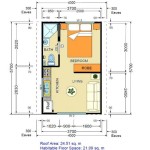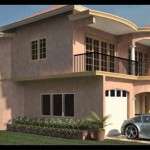Plans For A Tiny House On Trailer: Essential Aspects
Tiny houses on trailers have become increasingly popular due to their affordability, mobility, and eco-friendliness. If you're considering building or purchasing a tiny house on a trailer, careful planning is essential. Here are the essential aspects to consider:
Size and Layout
Determine the optimal size of your tiny house based on your lifestyle and needs. Consider the number of occupants, the desired living space, and storage requirements. The layout should maximize space utilization while ensuring a comfortable and functional living environment.
Trailer Selection
Choose a trailer that is appropriately sized and rated for the weight of your tiny house. Consider factors such as the frame type, axle capacity, and overall durability. Ensure the trailer meets safety regulations and is suitable for your intended travel plans.
Foundation and Support
Design a solid foundation to support the weight of the house on the trailer. This may involve installing crossbeams, outriggers, or jack stands. Proper foundation and support ensure stability and prevent the house from swaying or shifting during transport.
Materials and Construction
Select durable and lightweight materials for the construction of your tiny house. Consider factors such as insulation, weather resistance, and ease of maintenance. Use high-quality lumber, windows, roofing, and siding to ensure longevity and energy efficiency.
Utilities and Appliances
Plan for the installation of essential utilities such as electricity, plumbing, and heating. Consider solar panels, batteries, or a generator for power; a compact composting toilet or cassette toilet for sanitation; and a propane or electric heater for warmth.
Water System
Design a water system that meets your needs for drinking, cooking, and bathing. Consider the installation of water tanks, a pump, and a filtration system. Ensure adequate storage capacity and access to clean water sources during travel.
Ventilation and Insulation
Proper ventilation is crucial for air quality and moisture control. Install windows and vents to allow for cross-ventilation. Insulation helps maintain a comfortable temperature and reduces energy consumption. Use efficient insulation materials such as spray foam, cellulose, or fiberglass.
Other Considerations
Additional factors to consider include:
- Storage: Maximize storage space through the use of built-in cabinets, drawers, and shelves.
- Appliances: Choose compact and energy-efficient appliances to conserve space and resources.
- Lighting: Incorporate natural lighting through windows and skylights, and use energy-efficient LED bulbs for artificial lighting.
- Decor: Personalize your tiny house with a cohesive design scheme that reflects your style and preferences.
By carefully considering these essential aspects, you can create a functional, comfortable, and aesthetically pleasing tiny house on trailer that meets your specific needs and lifestyle. Remember to consult with professionals as needed and adhere to building codes and regulations for a safe and enjoyable tiny house experience.

Custom Plans Elevations Now Available Tiny House Basics

Tiny House Plans The Project

Plans Purchase Healthy Homes

Gives A Good Idea Of Tiny House Lengths Square Footage With Basic Layout Elements In Relation To Traditio Hauspläne Design Für Zuhause Wohne Im

Free Tumbleweed Diy Tiny House Plans Houses

Tiny House Trailer Design An Engineering Case Study Example

Tiny House Floor Plans 32 Home On Wheels Design

Luxurious Craftsman Style Tiny House On A Gooseneck Trailer

Blueprints For Small Mobile Homes And Travel Trailers Tiny House Blog

Escape Traveler A Tiny House On Wheels That Comfortably Sleeps 6 Floor Plans Trailer

